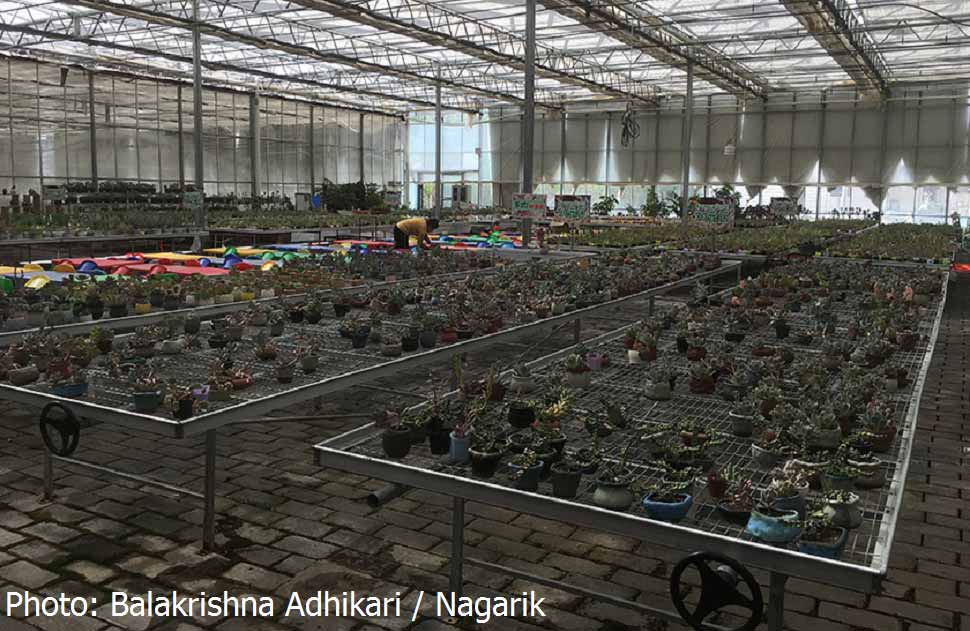
China's autonomous region, Tibet, emphasizes modern agriculture production along with environmental, and tourism. With the help of the central government, with the increasing population of China, it started modern production in the snow-covered plateau.
In Tibet, which is high in the Himalayan region, only turkey and barley are being cultivated but in a favorable environment, different types of vegetables have been started in adverse weather. An example is Modern Agriculture Industrial Park, a hi-tech greenhouse.
At a height of 4,000 meters, this production unit is producing various varieties of vegetables and fruits, including tomato, watermelon, etc. It is looking at how the balloons and watermelons tested in space at the production center in Nemu County, Lhasa.
The government plans to expand it to other parts of Tibet, even if there is good production, after the successful testing in different parts of China besides Tibet. They plan to use those tomatoes as salads and fruits rather than vegetables, which have a higher amount of green. Officials said that with the help of the central government, 21 such greenhouses were developed and cultivated. The central government has aided a grant of 40 million yuan to start production since last September. It also owns a fungus mushroom house with 15 plants.
They claim to be the largest farm in the world. Everything from the environment to the control of the commuter has been growing vegetables and fruits without soil. There is also an eco-restaurant that can accommodate up to four hundred people.
Another green park is under operation in central government grant with the Pyo Land Green Products Gardens in Chengguan, Lhasa. The Greenpark, spread over 25,000 square meters, is divided into five parts. They claim to be the largest farm in the world. Everything from the environment to the control of the commuter has been growing vegetables and fruits without soil. There is also an eco-restaurant that can accommodate up to four hundred people.
Along with this, fifteen hundred milking cows from New Zealand and China's Xinjiang province have also been raised there. Spread over 20,000 sqm, the machine is being used with the most advanced technology that can handle 50 cows at a time. Three thousand tons of milk is produced daily from the cow farm employed by the staff. It is also used by the Tibetan government in the calf, calf production, technology transfer, and research. There is a dairy nearby. The quality control of which is being done by China Agricultural Research Center.
Organic Modern Agriculture and Animal Husbandry Development in Bailang County, Shigatse, is a partnership between the government and local businesses. The greenhouse, spread over an area of 20,000 hectares, has been started since 2016. There are 10 types of fruits with over 100 varieties of vegetation. Director Zhao Zhuang Wei informed that they had distributed 1-million-yuan last year, adding that there were sixty local participants.
In addition to attracting tourists, Director Wei said that research on how vegetables grow in the higher regions while promoting innovative technology and establishing it for commercial purposes is also being done. He said that there are two hundred tourists coming to the area which has 30 percent government investment.
Due to economic conditions, the central government has been providing subsidy to the weaker sections for economic gains, including cultivation. In some places, homesteads have been encouraging, from operating to handicrafts.
Donda Village Handicraft Production Home in Nemu County, Lhasa has been established. The local government is producing incense to improve the living standards of the local people through handicraft.
Arrangements have been made to order online from Shri Khand, Dhupia, Sukumel and other types of herbs produced by herbs, even though they do not meet the local demand.
(Source from Nagarik Daily for educational Purpose)


